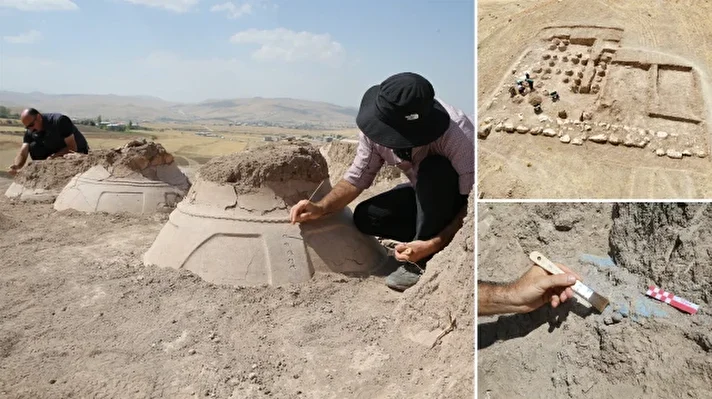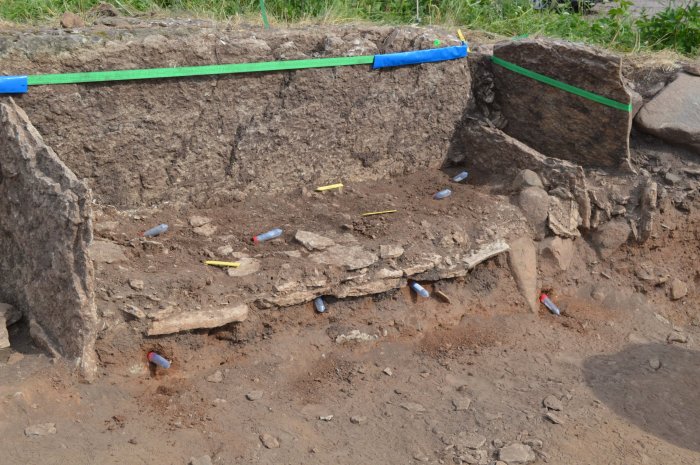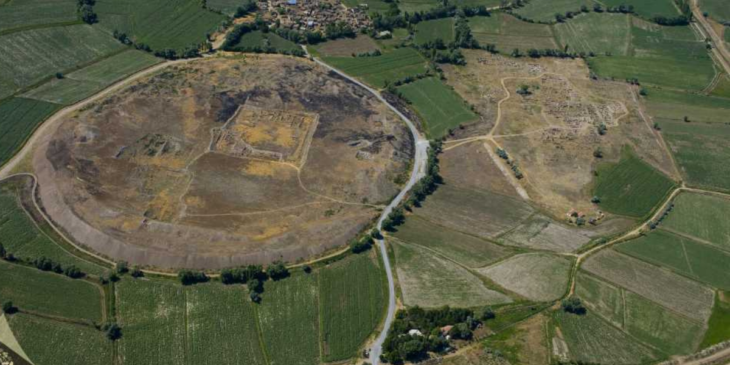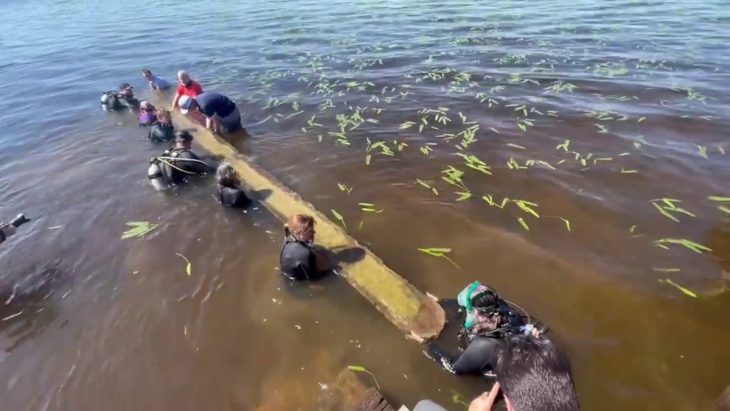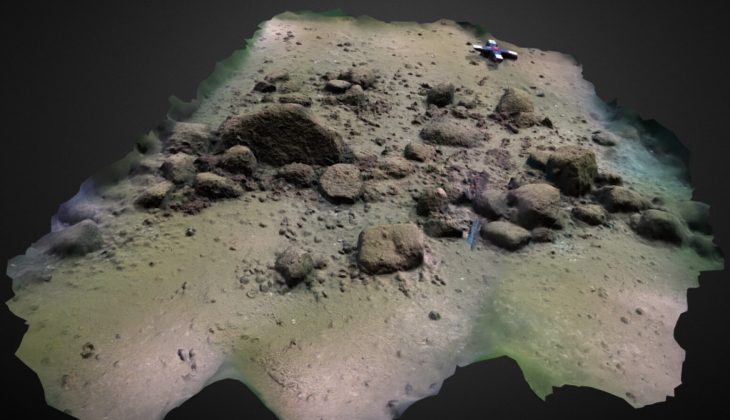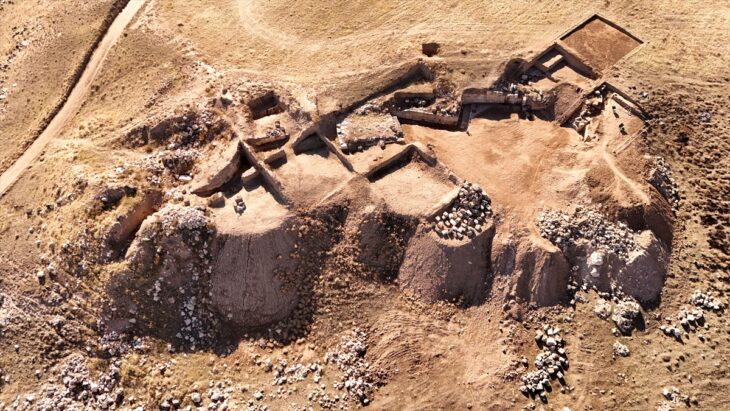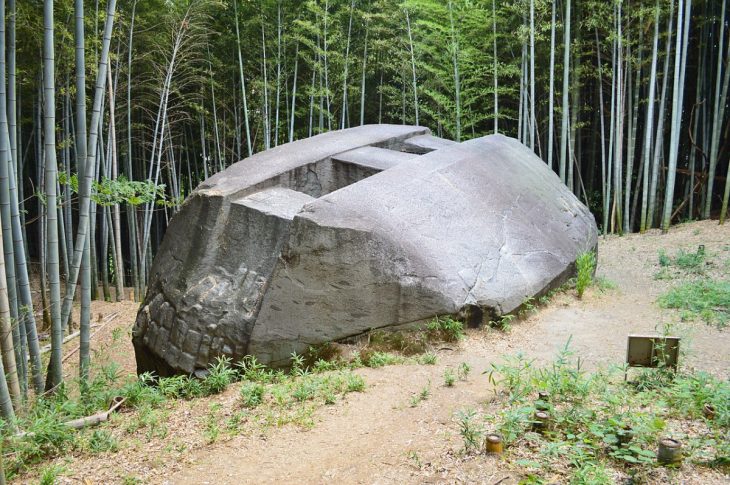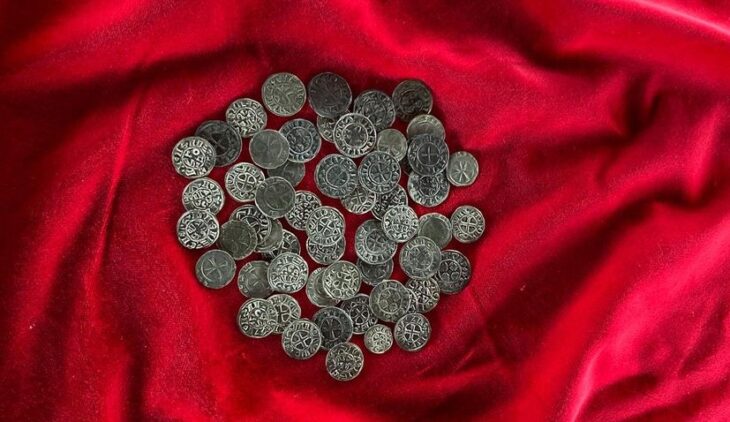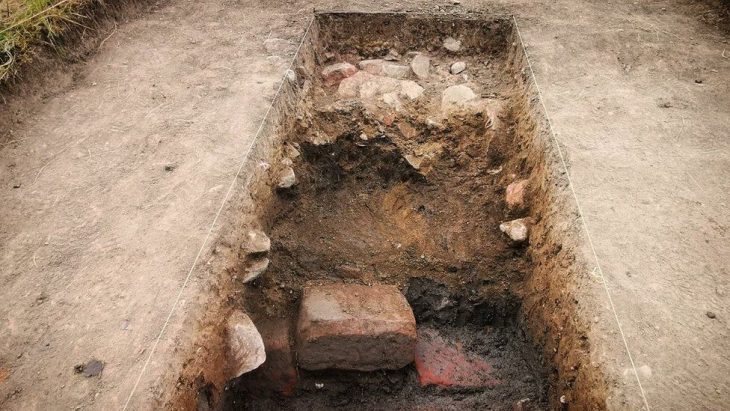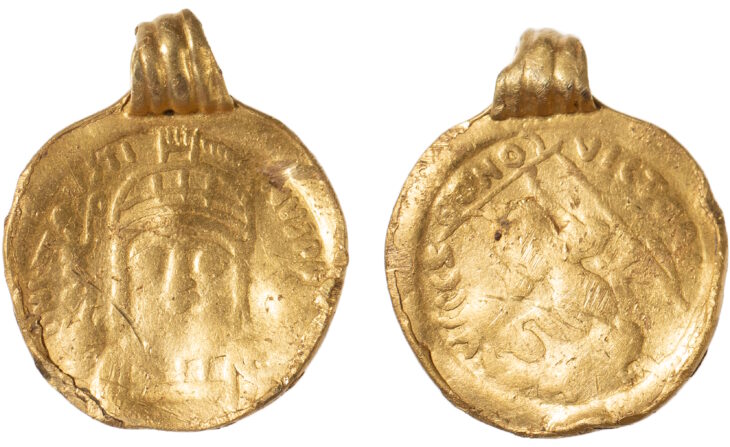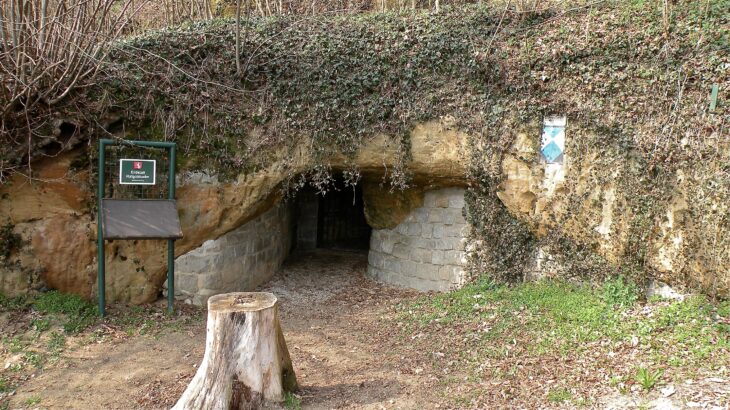Archaeologists have discovered clay figurines of young bulls from the Early Iron Age near the Metropolitan Chambers in the village of Krylos, near Halych, a historic city on the Dniester River in western Ukraine.
Krylos is located 5 kilometers (3 miles) south of modern Halych and is part of the Ancient Halych National Reserve. Most of the archaeological, architectural, and historical remains of the city of Halych, the capital of the principality of Halych, can be found here. Together with the Halych Historical Centre and many other local historical sites, they form the national reserve ‘Ancient Halych’.
Systematic findings from numerous archaeological cultures dating back to 5500 BC show that local terrain was occupied almost continuously for the previous 7,000 years.
Jointly with the Institute of Archaeology of the National Academy of Science of Ukraine and of the Pricarpathian University named after Vasyl Stephanyk and the Historical Department of the Preserve “Davniy Halych” conducts systematic archaeological research of the territory of Krylos – the center of Ancient Halych.
The most recent discoveries of the local researchers were two tiny clay figurines of bulls.
📣 Our WhatsApp channel is now LIVE! Stay up-to-date with the latest news and updates, just click here to follow us on WhatsApp and never miss a thing!!

Andrii Fihol, junior researcher in the Archaeology Department of the Ancient Halych National Reserve told Ukrinform:
“We were working near the defensive rampart in the village of Krylos, near the Metropolitan’s Chambers. We expected to find fragments from the Princes’ period, but instead, we came across a cultural layer from the Early Iron Age. We found two clay figurines of bulls, which testify to the agricultural cult of that time.”
Additionally, he mentioned that the archaeologists had found a wheel from a cart, which they suggested might be the only sculpture from the ninth or tenth century BC.

The Iron Age is largely linked to the Scythians, who established iron culture as early as the 7th century BC, along with the Chernogorovka and Novocherkassk cultures on the land of ancient Ukraine. Most of the artifacts from their 5th–3rd century BC iron-making and blacksmithing industries were discovered in Kamenskoye Gorodishche, which is thought to be the ancient Scythia’s specialized metallurgical region, close to Nikopol.
The artifacts will handed over to the collections of the Museum of the History of Ancient Halych.
Cover Image Credit: UKRİNFORM


